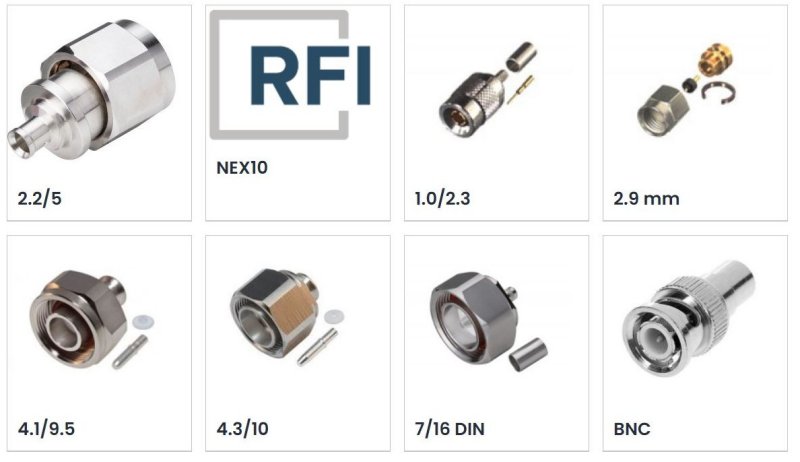
Introduction
RF connectors make the connection between the coax and equipment. The equipment can be either a radio or antenna. There are several type of connectors in the industry; the BNC and N will be discussed here. The left shows the BNC while the right is type N.
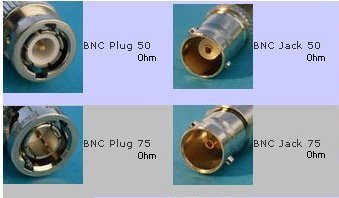
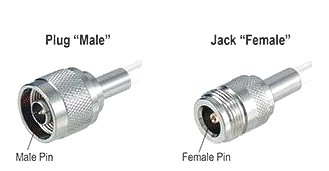
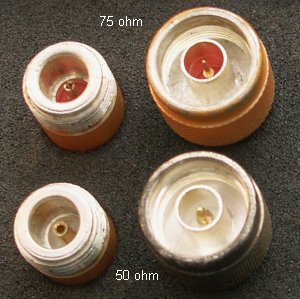
Most telecommunications, including LMR-amateur radio uses the 50 ohm type. There is a compatibility point to bring up to the fact the center pins between 50 and 75 ohm are a different diameter. For the N type, it's believed the 50 ohm pin is 0.0640" (1.6256 mm) while the 75 ohm is 0.0353" (.89662 mm). One issue is a larger pin inserted into a smaller hole (receptacle) will damage the latter. On the other hand the small pin can be inserted in a larger receptacle at the expense of intermittent or no contact, causing a bad operation.
The other issue is pin depth for either type connector. If it's too shallow (inward) will also produce intermittent or no contact with the mating receptacle connector. If it's too far out will damage the mating connector.
For example, the Cablewave Systems FLC 12-50 NM was evaluated here. It's a end connector for LDF-4 (50) type of copper jacked RF cable (50 ohms). The part number is 738802 which most likely is obsolete and no longer available (NLA) on the new market. However you may find some New Old Stock (NOS) on line. The distinctive feature is the cable's center conductor does not require soldering. Instead it is pushed into a "female" part, inside the main body housing. Shown here is the components out of the package. Obviously the two items on the left are from the cable to be used. The Author confirmed the center conductor fit the "female" part plus this illustrates the flair of the outer conductor when it's put together.
Be sure to review the instructions that comes in the package..jpg)
Here's a nice list of all kinds of connectors produced by produced by RF industries which will give you and idea what's out on the market. Check with your distributor on how to purchase items like these.

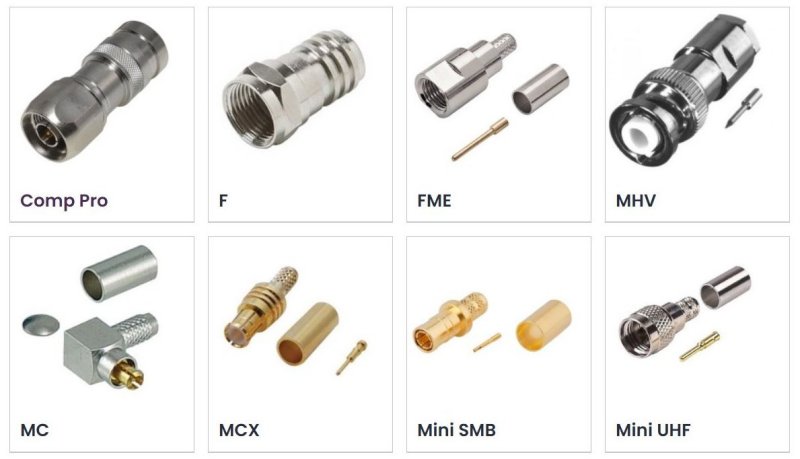
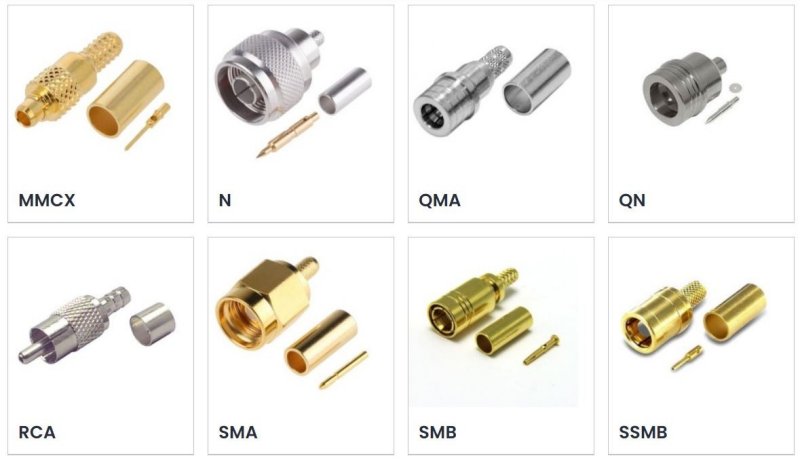
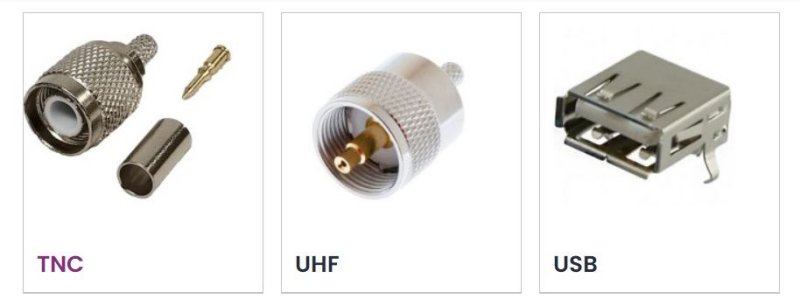
Current research and notes:
The Author has been working with LMR "hardline" connectors since 1977. These back then are now considered "old school" however, is a good base to refer to. Researching a modern type of cable for terminations (connectors) since he has little experience with "FSJ4" cable. Since the description is "bunched" closely he prefers to call it "FSJ-4" so labels are clear in unfavorable conditions such in the dark or on a tower. There is also smaller cable of this type called "FSJ1" or as the Author calls it "FSJ-1" for the same reason. Please take that into account when comparing notes here as to what's on line. The N type male connector in either style is used for cable termination.
The old style back then was commonly called (superflex) instead of the proper name-part number for ordering. The larger and older style cable style is believed to be ribbed (Like for LDF-4) while the new style is spiraled like the real old (1960's) hard line. However, the latter part has not be confirmed by the Author at time of printing therefore, this page is under R&d, AKA construction. The images following are much larger than normal for this web site. The Author felt optical detail was important in this case.
Shown is the old style cable and connector. The center pin requires to be soldered. Andrew Company made this years ago with the part number of 44ASP
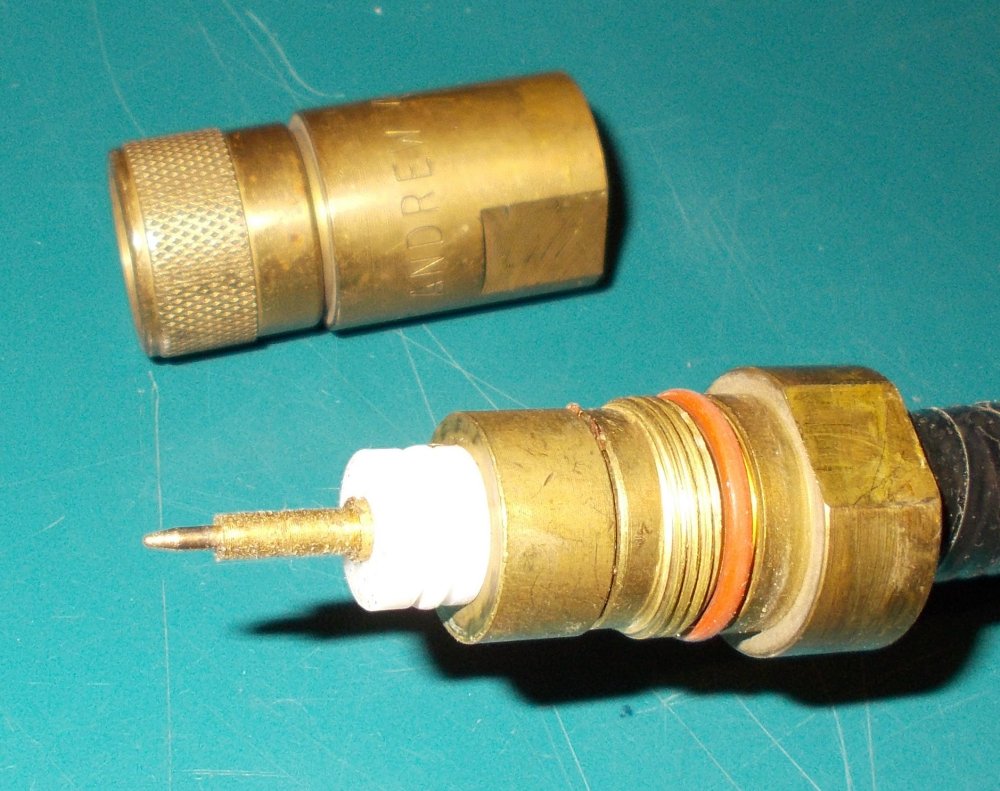
The front housing. Obviously, this is a repurpose project from the color and scratches of the connector. It was cleaned with alcohol prior to placed in service.
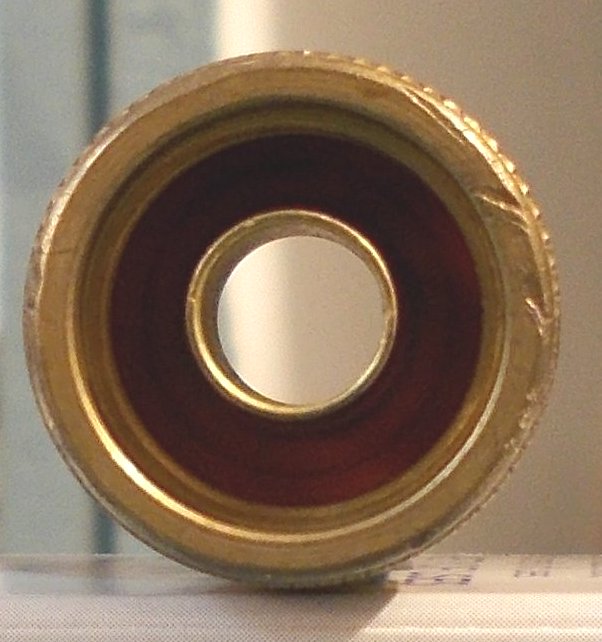
Same for the rear.
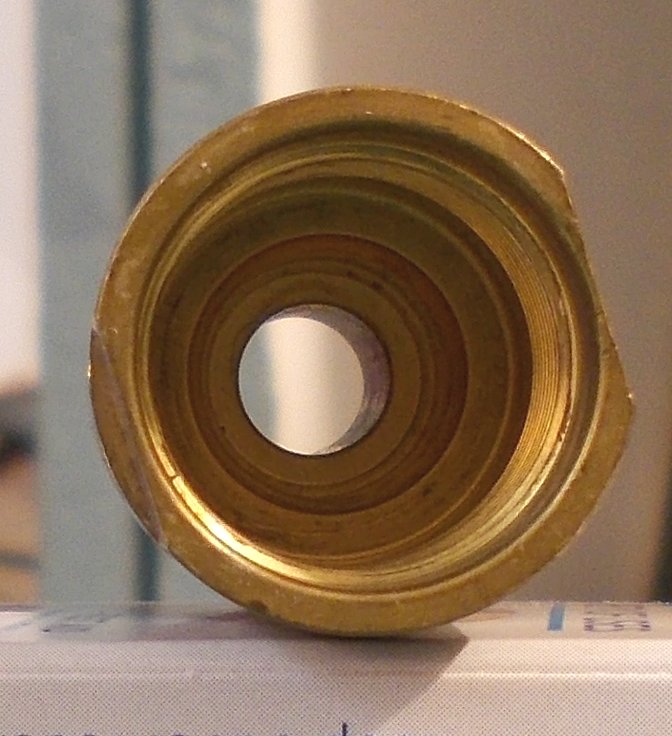
This is a piece of the modern style cable, with the spiral jacket as mentioned above.

Shown is the modern connector for this cable. This type does not require the pine to be soldered. The part number is F4PNMV2-HC.
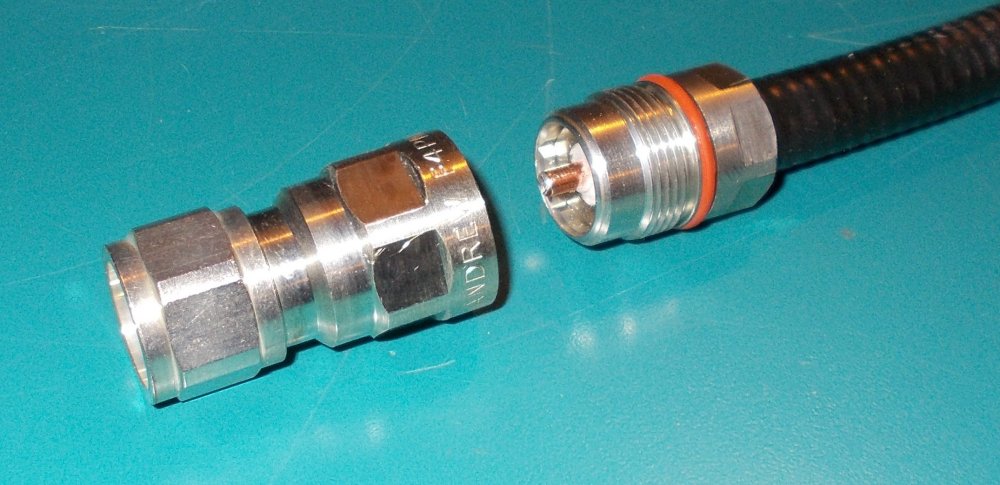
Shown here is the housing front.
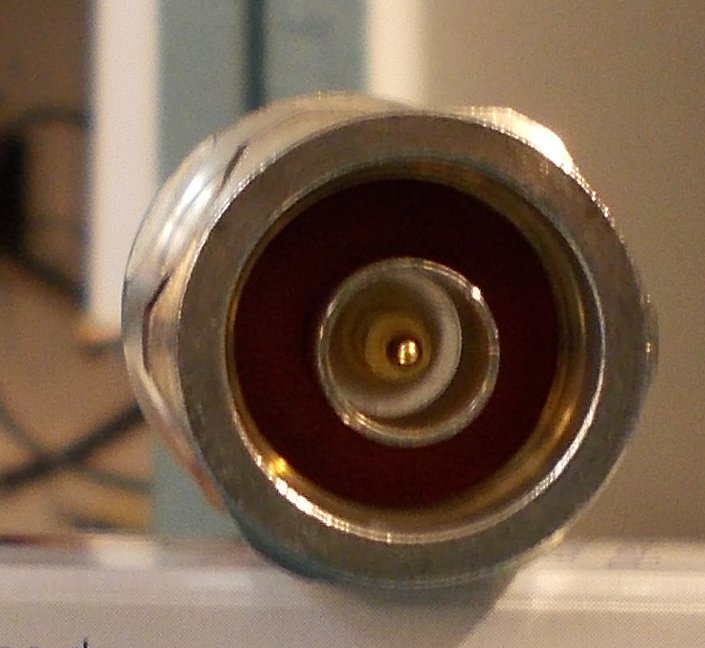
And the rear.
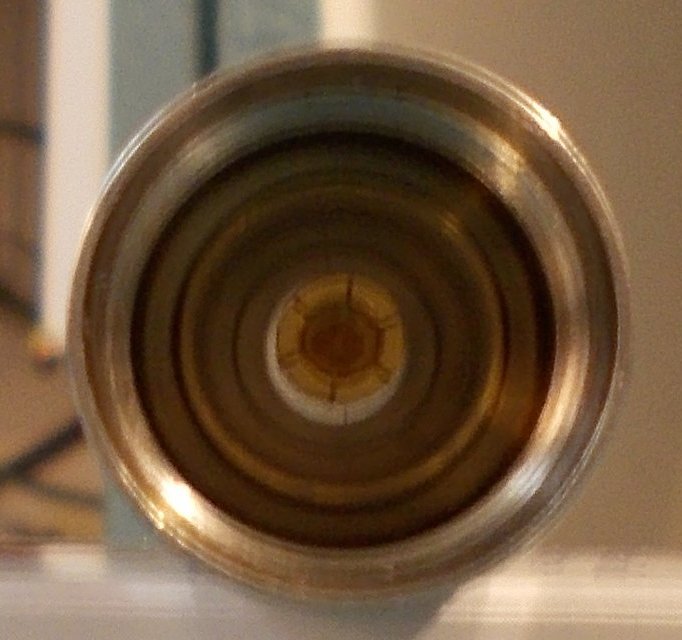
The Author was told by a professional that the pins are not compatible. However, after examining both ages of cable it appears the center conductor is the same for either. None of them found to be stranded either. Measuring with the caliper confirmed this. Therefore, this subject is still under debate.
![[SRG home Direction]](images/srghome.gif)